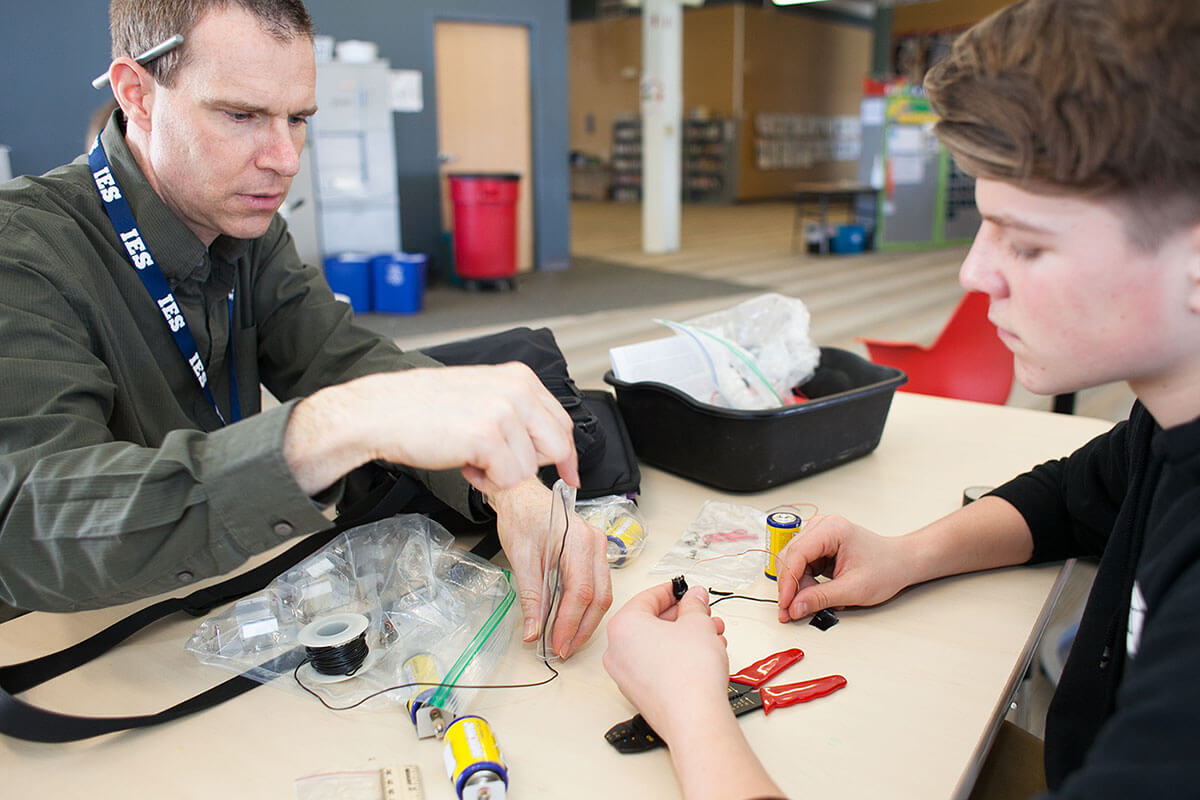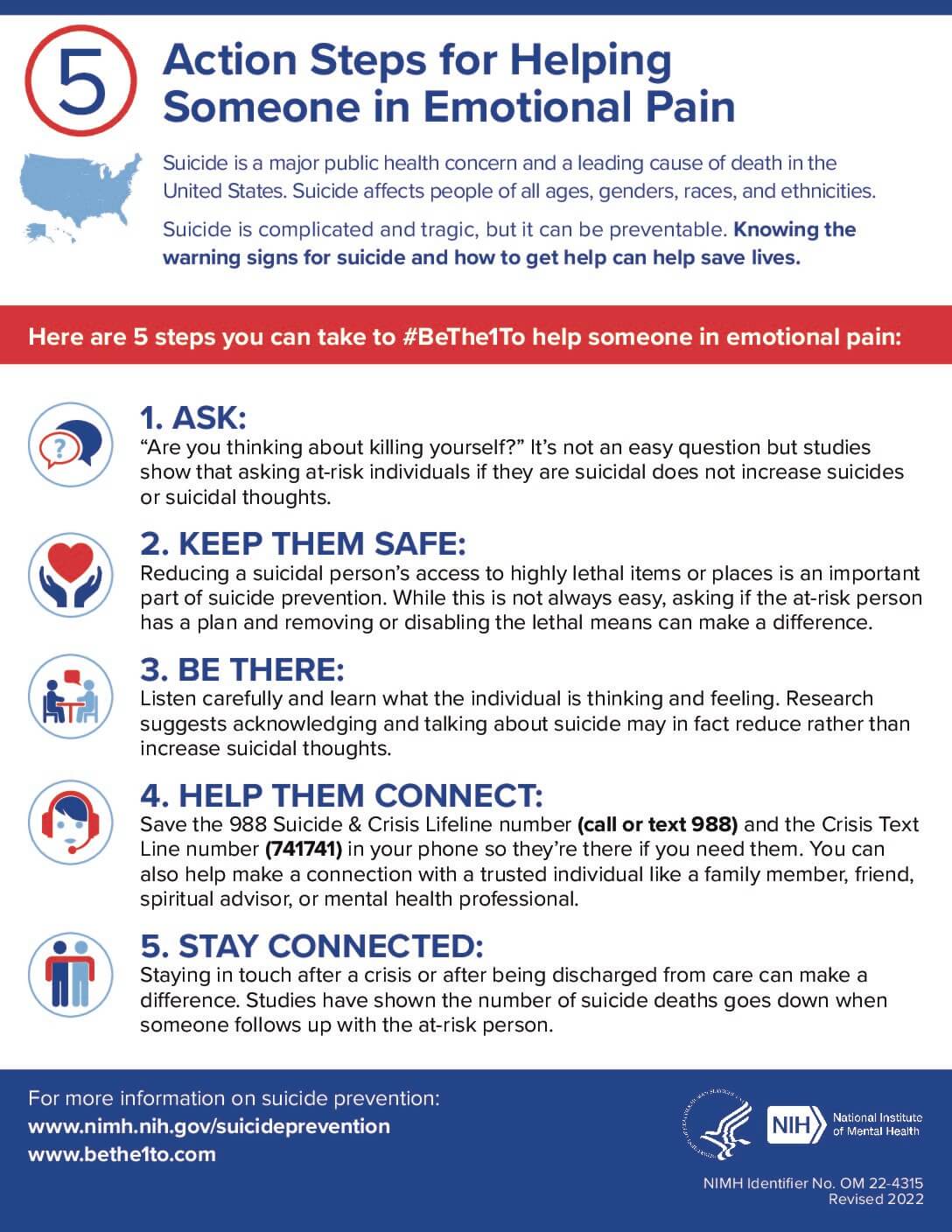Curriculum
Innocademy’s Curriculum
Below is a brief overview of Innocademy’s curriculum. These resources support our teachers’ work of teaching the common core standards that have been adopted by 42 states. For grade level guides to the standards for English Language Arts and Math, visit corestandards.org
Brief Overview
| Subject | Curriculum | Assessments | To learn more, click... |
|---|---|---|---|
| English Language Arts: Reading, Writing, Phonics | Amplify | NWEA Reading Fluency Y5- 1st NWEA MAP 2-8th M-STEP 3-7th PSAT 8th | Learn More |
| Spanish Language Arts (for Las Huellas students) | Benchmark Taller | NWEA Reading Fluency: Y5- 1st NWEA MAP 2-8th M-STEP 3-7th PSAT 8th | Learn More |
| Daily Spanish (for Classic Students) | Sonrisas | Unit assessments & projects | Learn More |
| Math | K-5th: Investigations in Numbers, Data, and Space 6th-8th: Connected Mathematics Project 3 (CMP3) | Unit assessments Delta Math K-8th NWEA MAP K-8th M-STEP 3-7th PSAT 8th | Learn More Learn More |
| Social Studies | TCI | Unit assessments & projects M-STEP 5th & 8th | Learn More |
| Science | Mystery Science K-5th Project Learning Tree & Project Wild Outdoor Discovery Center partnership | Unit projects M-STEP 5th & 8th | Learn More Learn More |
| Social Emotional Learning | Second Step | N/A | Learn More |
| Global Mindset | Empowering Students to Improve the World in Sixty Lessons | N/A | Learn More |
Daily Second Language
Daily second language is an integral part of providing our students with a global education. All students receive some form of daily second language instruction from kindercademy to our oldest friends. Some students receive daily second language as part of our Spanish Immersion program.
Those not in our Spanish immersion program receive Spanish 4 to 5 times a week for 30-45 minutes a day depending on their age. During this time, students experience a mini immersive experience that allows them to learn to read, write, listen, and speak in Spanish. Our students also explore the cultures and traditions of Spanish-speaking countries. Our daily second language focus helps cultivate our students’ global education as well as prepare them for experiences abroad in their middle school years!
Specials
In addition to our core curriculum of ELA, Math, Science, Social Studies, and Spanish, “Specials” classes are offered in 45 minute classes per week throughout the year for students in Kindercademy through Middle Friends (about 4th grade):
Art
There are no rules in art, just inspiration. Students grow creatively as they study art history, the masters, elements, principles, and culture. Students are exposed to art, encouraged to express themselves, and then celebrated as individuals whose work is personal and meaningful.
Music
Music is an integral part of educating the whole child at Innocademy. Music helps child development by stimulating neural pathway development leading to greater gains in core academics; growing an appreciation for other communities’ music and cultures both; and developing each child’s own passion within music.
Learn To Be Fit
L2BF is fully intended to be a foundation to develop a lifelong healthy lifestyle and enhanced quality of life. Motor skills are developed in games and sports. Cognitive skills are developed with a focus on nutrition, strategy, and physiology. Students apply personal and social values in their activities while interacting with one another and respecting individual differences.
Culture
Our Las Huellas friends are given the opportunity to dive more into the cultures of Spanish-speaking countries. They explore these cultures through music, dance, art, literature, customs, and holidays.
Electives
Middle School students (about 5th through 8th grade) have the option to choose their “Specials” classes so they are called “Electives”. Students are encouraged to choose Electives that they are passionate about, as well as ones that will help them to explore new fields!
Middle School students will be given a survey at the beginning of each semester to allow them to select options for their electives that semester.



IES Student Support Services: Overview
Multi-Tiered System of Supports (MTSS)
IES utilizes a Multi-Tiered System of Supports (MTSS) in order to best support students’ learning and social-emotional needs. MTSS is a framework to provide all students with the best opportunities to succeed academically and behaviorally in school. The principles and practices of an MTSS are based upon what research has shown to be effective in creating successful and sustainable system change and providing the most effective instruction to all students. The MTSS framework includes a variety of programs and supports, including those listed later on this document.
What are the essential components of MTSS?
As defined by MDE, the essential components of MTSS are:
- Team-Based Leadership
- Tiered Delivery System
- Selection and Implementation of Instruction, Interventions and Supports
- Comprehensive Screening & Assessment System
- Continuous Data-Based Decision Making
Data Dig/Intervention Process
All students in grades K-8 are screened three times a year to monitor progress throughout the curriculum. District reading and math assessments, curriculum based measurement, and NWEA Measures of Academic Progress (MAP) are used as assessment tools. The Data Dig process uses the results of these assessments to determine which students may require additional support in reading and math.
Who are the members of the Data Dig Team?
The Data Dig team may consist of the school lead, classroom teacher, speech and language pathologist, reading interventionist, school psychologist, and resource room teacher.
What is the Purpose of the Data Dig?
The Data Dig is a collaborative process of instruction, assessment, and intervention. It is designed for the early identification of students who are struggling in reading and math. The Data Dig revolves around providing targeted instructional interventions with regular progress monitoring. The goal of the Data Dig process is to increase the likelihood of successfully mastering reading and math skills within the regular classroom.
How does the Data Dig/Intervention process work?
The Data Dig team collects data on students from the universal screening conducted three times a year for all K-8 students and analyzes the data to determine if there are any students showing a need for more support in the area of reading and math. The team then makes recommendations for how students will be grouped, what interventions will be provided at the Tier II and Tier III level, how students will be monitored for progress, and what staff member/s will be appointed to work with each student. Tier movement is happening all of the time. Students are able to move throughout the tiers during the entire school year depending on their current academic needs.
Child Study Team (CST)
The Child Study Team process was developed to ensure students are provided reasonable accommodations and modifications within the general education setting in order to best support academic, behavioral, and social-emotional growth.
What is the purpose of CST?
The purpose of the Child Study Team process is to work together to identify the student’s learning/behavioral strengths and needs, to put strategies into action, and to take frequent progress monitoring data in order to evaluate the effectiveness of the interventions and to determine if any changes/modifications are needed
What is the CST process?
Any staff member that participates in a student’s academic process may recommend a student for the CST process. The team should consider specific areas of concern, including social-emotional concerns, behavioral concerns, and/or academic concerns.
The CST follows these steps:
- Review the student’s strengths, interests, and talents.
- Discuss reasons for referral, overall performance level, and behavior in the learning environment.
- List interventions previously tried and their rate of success. (School interventions may include accommodations, modifications, and behavior plans. Home interventions may include follow up with health/mental health concerns, behavior plans, academic support, etc)
- Brainstorm interventions that address concerns
- Select interventions to try
- Develop a plan for carrying them out
- Agree on a time to meet again to discuss progress.
- Put the intervention plan into action and evaluate it over time. **Interventions should be implemented, tracked and documented over at least 2 six-week periods.
- The CST meets every 4-6 weeks to discuss the success, or lack thereof, of the intervention. The CST will evaluate whether as a result of the intervention, the student’s performance improves, remains the same, or regresses.
- If the interventions are effective and the student seems to be back on track, the team should continue with the plan and hold future meetings as needed. This suggests the student will benefit from instruction in the general education setting with continuing interventions.
- If the interventions don’t bring about desired change, the team may decide to:
- try another round of interventions or alter the current ones
- refer the student for a special education evaluation to find out if he/she is eligible for special education services as a student with a disability. Proper documentation of the interventions attempted and outcome tracking must be provided upon referral to the special education staff.
Special Education
In accordance with the Child Find process, IES offers evaluations to children suspected of having a disability that impacts their ability to fully participate in the educational setting (at no charge to families) in order to identify students who may be in need of special education services. IES has a full diagnostic staff that conducts student evaluations and provides support services to students, teachers, and parents. Diagnostic staff may include the following: teacher consultants/special education resource teachers, speech language pathologists, school social workers, school psychologists, occupational therapists, and physical therapists. We value partnering with parents and students to develop Individualized Education Programs (IEPs) for students who are eligible for special education services. IES offers a wide continuum of programs and services for students who qualify for special education.
Evaluations for Specific Learning Disabilities
Currently, IES uses an evaluative model commonly referred to as “pattern of strengths and weaknesses” (PSW) to determine initial eligibility for a specific learning disability (SLD). The PSW model involves two main components. The first component is to review the student’s response to targeted interventions in the general education setting. Prior to considering SLD eligibility, it should be clear that intensive general education interventions were attempted but unsuccessful in correcting the academic delays. The second component is to review existing data and administer assessments in an effort to determine if a pattern of strengths and weaknesses can be identified.
Additional Resources:
- Section 504 Plans:
https://www.michigan.gov/documents/mde/504Plans_721430_7.pdf
- Procedural Safeguards:
https://www.oaisd.org/downloads/special_education/procedural_safeguards_notice_550307_7.pdf


